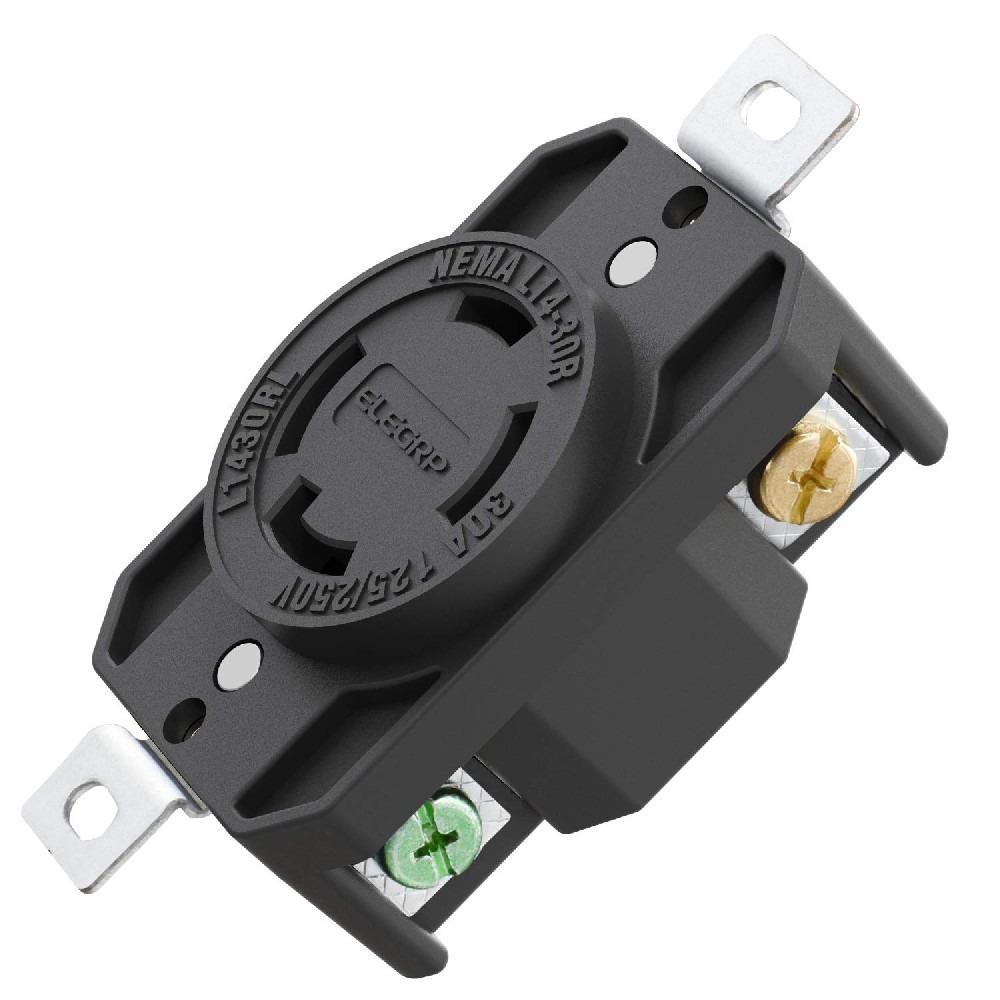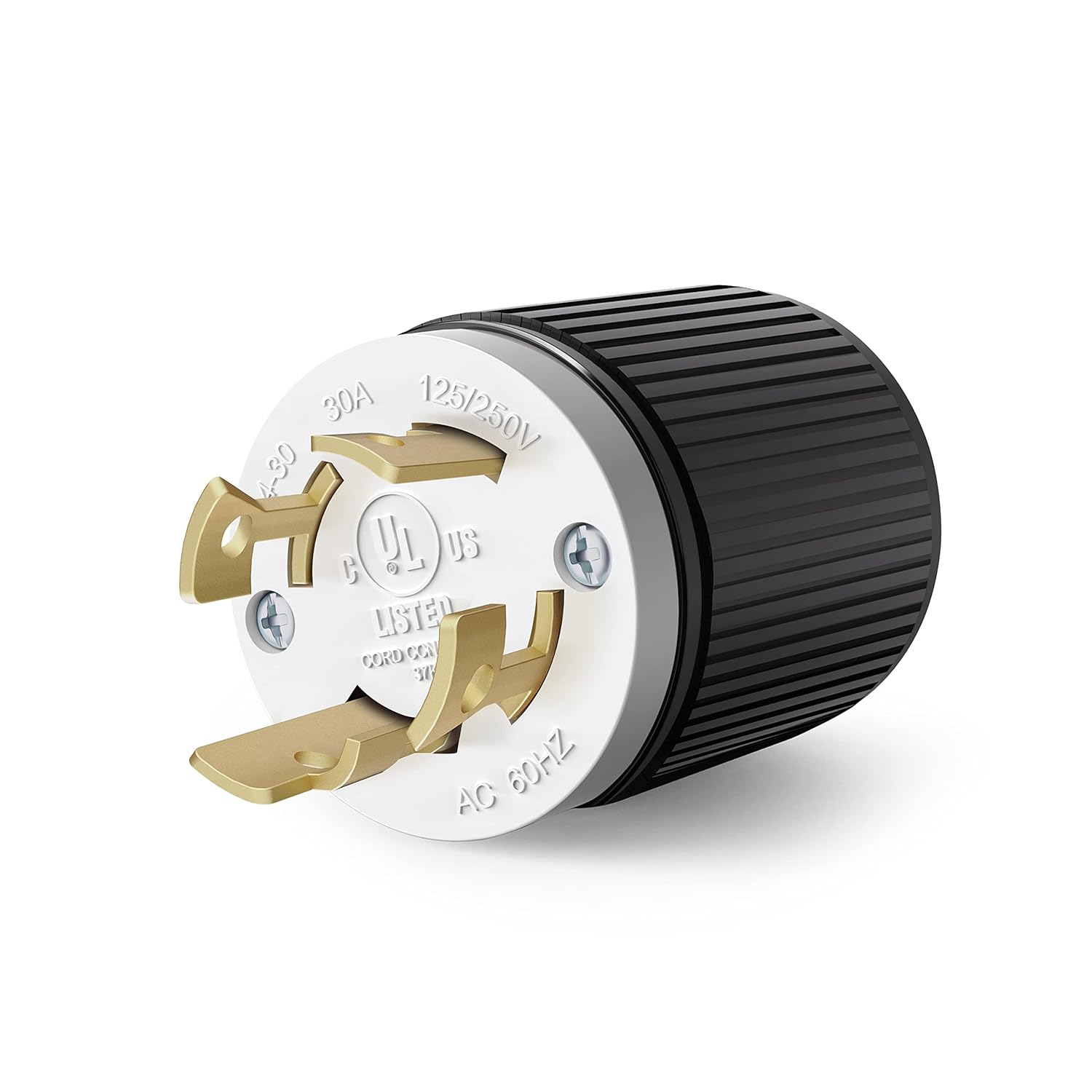HOW TOS & TIPS
Comprehensive Guide to Generator Cables, Adapters in North America
Writer: admin Time:2023-11-16 09:45:09 Browse:56℃
Comprehensive Guide to Generator Cables, Adapters in North America
Introduction
Understanding the plethora of plug and socket types in North America is crucial for anyone looking to use generators safely and effectively. This guide will detail the common types, focusing on their specific applications and compatibility.
Generator Connection Cables: Understanding Plugs and Sockets
L14-30 Plugs and Sockets
Usage: Commonly used for connecting portable generators to a transfer switch or power inlet box.
Design: A four-prong locking design with a maximum capacity of 30 amps at 125/250 volts.
L5-30 Plugs and Sockets
Usage: Ideal for smaller generators and used for outdoor equipment.
Design: Three-prong locking type, rated for 30 amps at 125 volts.
14-50 Plugs and Sockets
![]()
Usage: Used for larger generators, often found in RVs and for electric vehicle charging.
Design: Four-prong, non-locking, rated for 50 amps at 125/250 volts.
14-30 Plugs and Sockets
Usage: Common in medium-sized generators and for household dryers.
Design: Four-prong, non-locking, rated for 30 amps at 125/250 volts.

TT-30 Plugs and Sockets (Travel Trailer)

Usage: Specifically designed for travel trailers or RVs.
Design: Three-prong, non-locking, rated for 30 amps at 120 volts.
CS6365 and CS6364 (SS2-50P/R) Plugs and Sockets
Usage: Used for industrial applications and large generators.
Design: Four-prong locking, with a maximum capacity of 50 amps at 125/250 volts.
Power Cord Adapters: Ensuring Compatibility
RV Adapters (e.g., L5-30P to TT-30R) (e.g., L14-30P to TT-30R) (e.g., L14-30P to 14-50R)
Function: Allows RVs with different plug types to connect to various generators.
Household Adapters (e.g., TT-30P to Standard 3-Prong) (e.g., 14-50P to Standard 3-Prong)
Function: Enables the connection of regular household appliances to generator-specific outlets.
Conclusion
From powering RVs to connecting household appliances, the correct understanding of plugs like L14-30, L5-30, 14-50, and 14-30 is essential. This comprehensive guide aims to clarify these types and their uses, ensuring safe and efficient power management with generators in North America.
CATEGORIES
LATEST NEWS
- RV Distribution Adapter: Your Power Multiplier on the Go
- Discovering Winter Wonders: Top RV Getaways in North America
- Embracing the Chill: An In-Depth Guide to Winter RV Adventures in the U.S
- Winter RV Journey: A Detailed 7-Day Adventure Through Colorado's Rocky Mountains
- Autumn RV Adventure in Yellowstone National Park: A 10-Day Journey
CONTACT US
QQ:
Phone: rrvrrv.com
Tel: rrvrrv.com
Email:
Add: 19465 E Walnut Dr N CITY OF INDUSTRY CA US














